This three-part HDR Photography Tutorial series examines the work of nine talented HDR photographers. Seeing quality examples of HDR imaging will extend our vision by giving image makers a fresh awareness of this novel and now widely used image process.
We will explore the remarkable abilities of HDR software to capture light and briefly explain the unique construction of HDR photographs. So let’s get started….
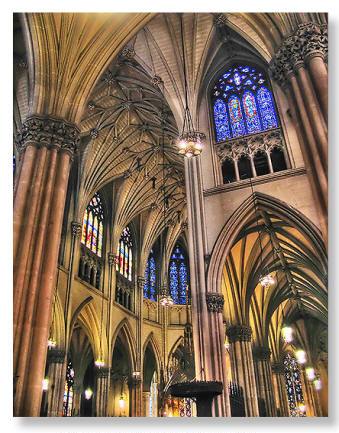
Fire in the Cave – Why High Dynamic Range?
Humans have remarkable vision; we can see an incredible range of light. HDR provides us with the tools to photograph what our eyes see, from shadows in dark caves to highlights off the water at high noon.
Imagine you are walking into a dark cave with an unlit torch. At first as you enter, you can’t see details inside. Then your eyes adjust. After a minute you begin to see details and colors on the cave’s ceiling and walls. Looking back to the entrance, you may see brilliant sunlight, like a ball of bright white light outside, without much detail. As you travel deeper into the cave, you see only dim color.
Standard photography, with either film or digital cameras, can only record a limited range of tones: either the deep blacks and muted colors in the cave or the sun-struck trees outside, but not both. The technology of film (170 years in development) or digital imaging (22 years) is no match for the acuity of the human visual system (3 million years in development.)
In high contrast conditions, you do not get a photographic picture of what your brain can see, the complete range of highlights and shadows of human vision. Now, with HDR, your photographs can come closer to expressing that dynamic range.
Now, imagine yourself back in the cave; you light a torch. You see all the color and detail of the cave’s nooks and crannies. Looking back to the cave’s entrance, you slip on your sunglasses, and the outside details that were missing before, can now be appreciated.
Using HDR software is like lighting a torch for parts of a photograph, and like wearing sunglasses for other parts. Thanks to software created by HDR founders Jacques Joffre, Greg Ward and others, you can capture details of contrasty scenes just as if you shined a torch on them.
Subtle visual details now become visible; no more blocked-up black tones or burned-out whites. With HDR tools, the photographer controls precisely how the shadows and highlights are conveyed.
Dimly lit scenes at night, church interiors, and even vistas where the sun comes right into the camera’s lens: details of all can be captured as if your eyes had adjusted to the dim interiors or bright highlights.
Earlier the human visual system was mentioned. Well, imagine that the cone receptors in your eye could be active at night, seeing same color spectrum as in the day — that is the stunning beauty of HDR!
HDR Photography Tutorial – How do I Make a High Dynamic Range Image?
It is easy to make an HDR image. The central concept: a series of pictures at different brightness values records a greater range of tones than a single exposure; then, using software, combine the best of these frames into one image. For links to in-depth web tutorials, see part two of this article.
To create an HDR photograph you will need a capable picture editor such as Aperture®, RawShooter®, or Photoshop CS4/5/6/CC®, or a dedicated HDR program like Photomatix Pro®, Artizen HDR® or HDR Shop®. Here are the ABC’s of making an HDR photograph:
1. Mounting your digital camera on a tripod, preferably using a cable release, you take 3 to 7 aligned photos with different shutter speeds. Interestingly, if you shoot a single RAW image, it can be processed varying the exposure control to achieve somewhat similar results.
2. The only variable you change is the shutter speed. For 7 frames, you take three under-exposed, one right on, and three over-exposed. Keep your aperture constant. With an aperture of F11, and assuming your camera meter shows 1/32nd as the correct exposure, you would bracket your shots at 1/4th, 1/8th. 1/16th, 1/32nd, 1/64th, 1/125th and 1/250th of a second.
3.Download your images and process in your chosen software. Once learned, the technique is so simple that it is automatic. HDR sensors have been integrated into many a digital camera.
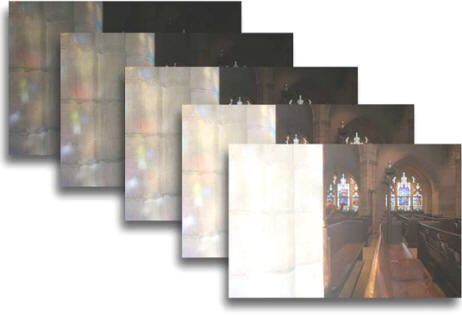
1. “All Saints Chapel” ©by John D. Langholz
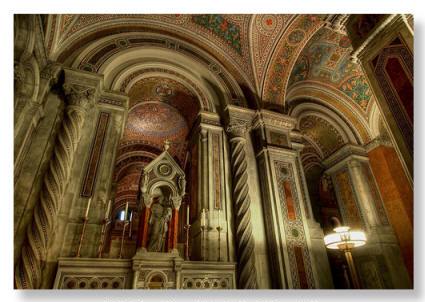
All in the series examines the work of nine HDR photographers. Let’s take a look at their photo art.
“All Saints Chapel” is the picture by the professional architect John D. Langholz. Designed by a Saint Louis architectural firm, the chapel was created by Tiffany. Mr. Langholz’s image shows an uncorrected perspective of an interior with one main light source, its luminance giving the interior space great depth and an towering sense of height.
Shadow color is beautifully detailed, as the photographer has given his full attention to the scene, creating luminosity from virtual darkness. Without HDR, the interior would have been made up of shadows with little or no detail in them.
2. “Rocks at the Lakeshore, Waterton National Park” ©by Royce Howland
Royce Howland writes extensively on HDR theory and technique. His 24-exposure panorama near Calgary, Alberta shows his mastery of both HDR software and panoramic stitching, as he made 3 series of 8 pictures (he blended 3 exposures for each 1/8th of the picture in HDR software).
The photographer’s sensitivity to a natural mountain scene of rock and cloud creates great foreground to background space. The picture space is also divided into thirds left to right, and beautiful light attracts the eye to the far horizon. Great care and skill went into assembling this photograph.
3. “Stained Glass” ©by Uwe Steinmueller
Uwe Steinmueller has extensive experience with HDR imaging. His luminous work here is an example of the way HDR can bring detail and brilliance to highlights. The spiritual quality of Steinmeuller’s photograph comes from the light that suffuses the interior with an spiritual atmosphere.
Beyond his technique, Steinmueller’s composition is formal. The central stained- glass window, if exposed in a single frame and processed without HDR techniques, would have too much contrast to be correctly captured: the highlights would be blown-out and overexposed.
4. “Grand Central Station” ©by Andy Cross 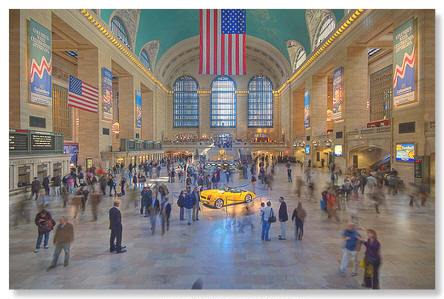
Andy Cross’ image of “Grand Central Station” creates irony: an automobile surrounded by rail passengers. A Corvette is the symbolic center of interest and a center of color. The car is an icon and object of worship as it rests under the US flag, our national symbol.
All of the leading lines in Cross’s photo converge on the car and these lines invisibly divide the picture space into four triangles.
The car has more presence than passing commuters, turned to ghosts by a slow shutter speed. Here, Mr. Cross’ thoughtful HDR use conveys time’s passage with time exposure, as view cameras did in early years of film photography.
3. “Dog Day in Akasuka Temple” ©by Altus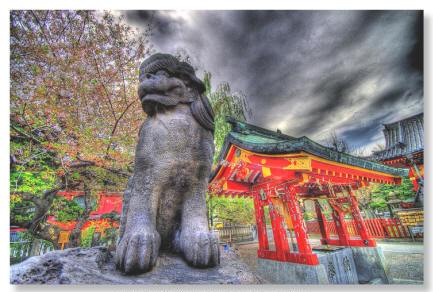
“Dog Day in Akasuka Temple” in Tokyo, by Altus, uses HDR tools that result in intensely saturated colors. Picture depth is enhanced by the dense textural detail in both the statue and background cloud.
Red hues leap out in contrast to the green; both colors are so saturated they become surreal. Judging by the two small signs, this is a sacred place, and the photographer’s approach can be called Western in the way the picture space is arranged. Altus’ gallery of work on Flickr shows 300 superb HDR photographs. Images like these change the way we see. As artist-photographers push the boundaries of HDR software, even surreal images become a common part of our photographic vision.
For the Love of Light, Part 2 – HDR Visions from Nine Photographers – a debate about the varieties of HDR photography and their expression of what is true or natural are considered. A key idea was explored: What is it that makes HDR artistic? The answer leads us to the qualities of the photographer. A glossary is included to provide definitions of HDR concepts.
For the Love of Light, Part 3 – Beauty of Black and White HDR Photography – will explore the beauty of B&W High Dynamic Range Photography in the last part of our HDR Photography Tutorial.
by Jim Austin
All text: © 2014 Jim Austin. All rights reserved.
All photos: © indicated and held by each photo artist.

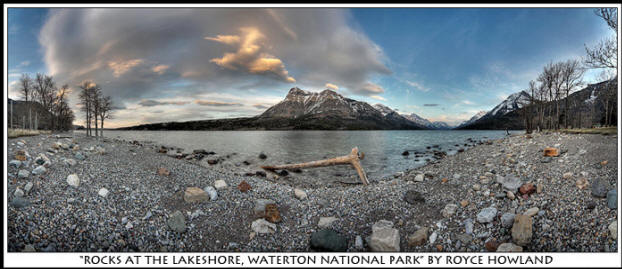
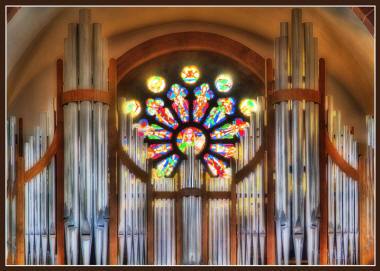
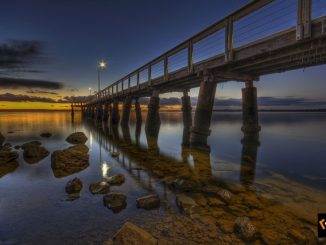
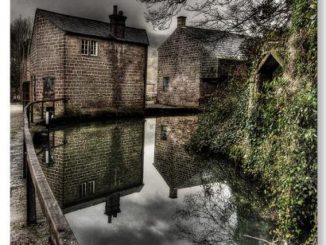

Leave a Reply